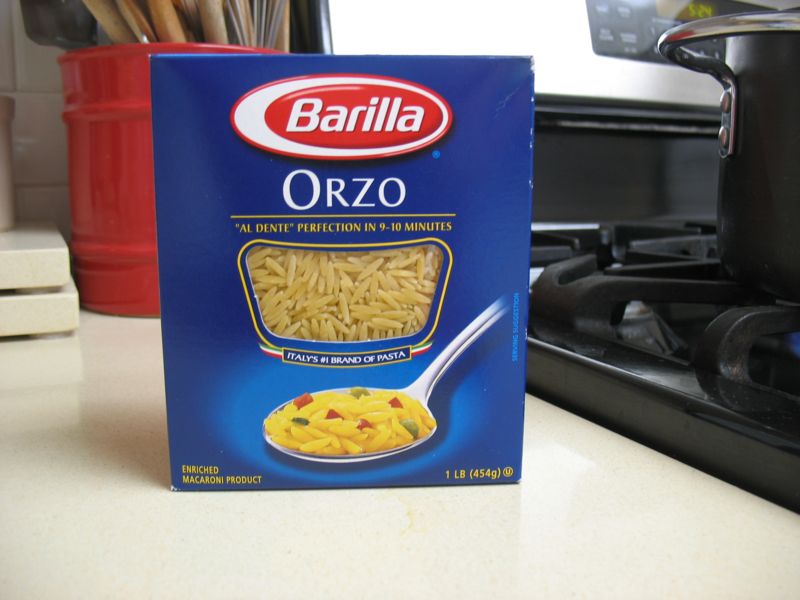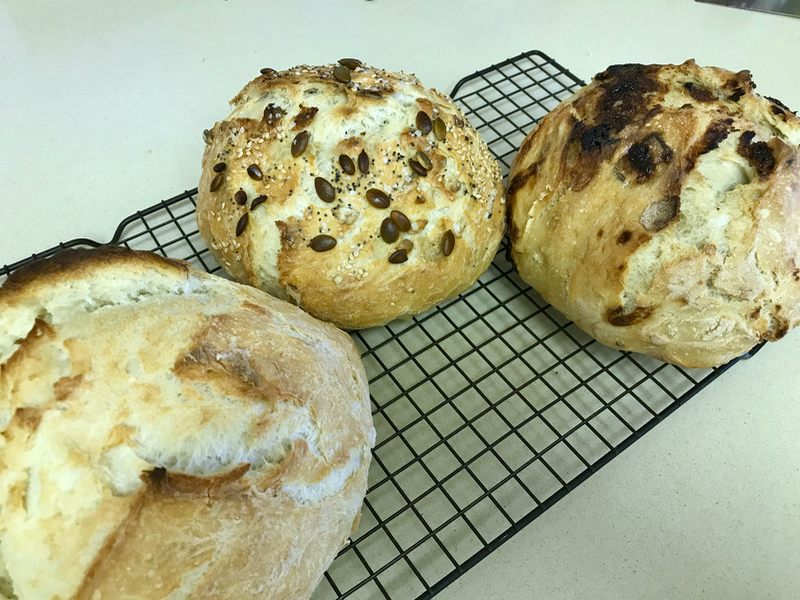 I first found this recipe in the New York Times; one version was by Julia Moskin and the other by Mark Bittman. I have made this several times and combined/changed things up to suit me. I like it because it begins with eggplant, and I always use the Japanese kind (so I can skip the salting step). It’s a good stew to serve over some rice, on a day when you just need something flavorful and hearty for dinner.
I first found this recipe in the New York Times; one version was by Julia Moskin and the other by Mark Bittman. I have made this several times and combined/changed things up to suit me. I like it because it begins with eggplant, and I always use the Japanese kind (so I can skip the salting step). It’s a good stew to serve over some rice, on a day when you just need something flavorful and hearty for dinner.
Ingredients
1 teaspoon ground cumin
1 teaspoon ground coriander
¼ teaspoon turmeric
⅛ teaspoon cayenne
2 medium-size Japanese eggplants, peeled and cut into 1-inch dice
1 teaspoon salt, plus more to taste
¼ cup good quality oil, peanut oil (if you have it)
2 shallots, thinly sliced
2 inches fresh ginger, peeled and minced
1 jalapeño chili, seeded and minced
1 onion, chopped
⅓ cup tomato paste
½ pound skinless, boneless chicken (about 2 thighs or breasts) cut into chunks
1 small (14.5 ounce) can diced tomatoes, preferably roasted
4 cups vegetable stock or water
½ cup natural unsweetened peanut butter (creamy or chunky)
1 medium-size zucchini, 6 to 8 ounces, cut in quarters lengthwise, then sliced 1/2 -inch thick
2 tablespoons freshly squeezed lemon juice (1 to 2 lemons)
2-3 cups coarsely chopped greens, such as spinach or chard
⅓ cup coarsely chopped cilantro leaves, plus whole leaves for garnish
Cooked rice, for serving
Chopped roasted salted peanuts, for garnish (optional)
Preparation
In a colander, toss eggplant with 1 teaspoon salt; set aside for 30 minutes [I skip this step if using Japanese eggplant]. Rinse, drain well and set aside. In a small bowl, combine cumin, coriander, turmeric and cayenne; set aside.
In a large pot, heat 3 tablespoons oil over medium-high heat. Add shallots and fry, stirring often, until soft, and caramelized, about 5 minutes. Add chicken and continue cooking for another 3 or 4 minutes, until just starting to turn color. Using a slotted spoon, transfer shallots and chicken to a large bowl, leaving oil in pot (may need to add some more). Raise heat to nearly high and add eggplant. Cook, stirring often, until lightly browned and just tender, about 10 minutes. Transfer to bowl with shallots/chicken.
Add remaining 1 tablespoon oil to pot and heat over medium-high heat. Add ginger and jalapeño and cook, stirring for 30 seconds. Add spices and cook, stirring, 30 seconds more. Add onion and cook, stirring to scrape up any browned bits, until softened and translucent, about 5 minutes. Add tomato paste and cook, stirring, 1 minute.
 Add diced tomatoes, stock or water, eggplant, chicken, shallots and a sprinkling of salt. Bring to a boil and cook 5 minutes. Place peanut butter in a medium bowl, add one or two ladlefuls of hot soup, and stir until emulsified, then pour mixture back into soup.
Add diced tomatoes, stock or water, eggplant, chicken, shallots and a sprinkling of salt. Bring to a boil and cook 5 minutes. Place peanut butter in a medium bowl, add one or two ladlefuls of hot soup, and stir until emulsified, then pour mixture back into soup.
Reduce heat to a simmer, add zucchini, cover and cook 10 to 15 minutes, until vegetables are tender and chicken is done. Turn off heat and stir in lemon juice, chopped cilantro, greens; stir until greens are wilted. Let cool slightly and taste; add salt if necessary. Serve in bowls with rice, garnished with cilantro leaves and chopped peanuts, if desired.
Note: Can omit chicken and add 1 (15 oz.) can garbanzo beans, if desired. Can also add 1-2 thickly sliced sweet potato (as shown in the image above).




































